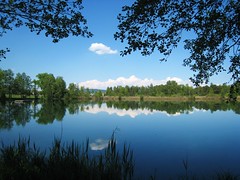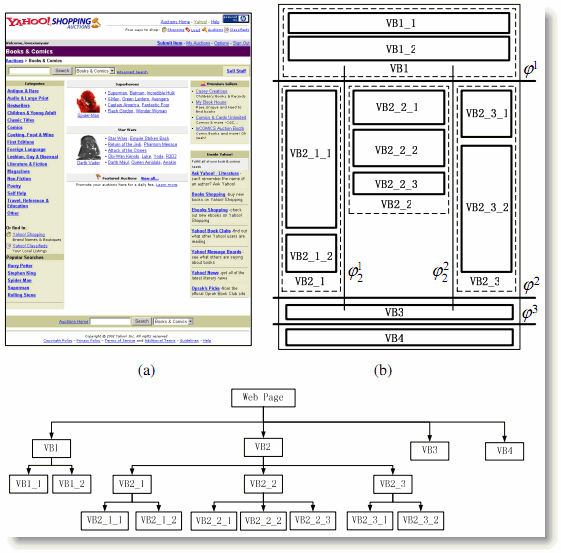
- Image by swisscan via Flickr
How great is life when search engines place your website (pages) first in the search engine results, and for the keywords you are targeting? Like the picture here – it’s beautiful…
Search engineers know links are important for search engine rankings (inbound links as well as your own website links). If you are a marketer, you don’t have to be a scientist to know that links are important for users too. In fact, the rule should be: “think users first, search engines second” when creating links.
While the quantity of links to a page is important, the quality and valuation of the link sent to that page beats quantity every day. There is scientific proof and too many studies to count that show how search engines value those important links. So, how do you evaluate those important link qualities on a page?
How can you visually understand how it works? Enter the VIPS. (Not scary, I promise)
The VIsion-based Page Segmentation (VIPS) algorithm aims to extract the semantic structure of a web page based on its visual presentation – Microsoft Research
A visual representation of how this works is shown below. However, without getting too technical, let’s break this down into the simplest form of page link valuation: you (if you were a search engine).
Think about it.
Question:
If I asked you where you think the most important links should be placed on a page for a search engine, and in terms of the web content structure and layout, what would you say?
Here’s is a little background before you answer the question:
- If you knew that each and every page on the Internet implement some sort of structure that’s easily detectable by search engines? (Blogs are easy, for example)
- If you knew that search engines can figure out what regions make up a page? For example: Banner/top navigation, left side navigation, body area/middle of page, bottom/footer area, and so on?
- If you knew that advertisers place ads in common regions or zones of a web page? (A banner at the top of page, paid links in the footer, blogroll or links on the right side, etc)
- If you knew that link buyers will (most of the time) purchase links in these areas? (and, if knew that Google hates (i.e. low link quality) paid links)
- If you knew that Microsoft Research present these findings and more in a whitepaper, (PDF) available to the public?
The image below represents what I talked about – in simple terms.

Next: your link building task
When creating link building strategies, both for your own site and relevant, external partner sites: Place keyword rich anchor text links “inside” the page (the body content).
And, don’t add tons of links in this area either thinking you will “score”.
Think usability first. Does that link make sense to the user? Will it be clicked? And, from a search engine perspective, the first link seen gets the link / quality valuation. If you place two links with different anchor text to the same page, the second link is not valued by search engines (Google knows this). However, it will / may have user value. You should always test.
What do you think? What will you change in your link creation strategy?
Related articles
- Key Tips for a Link Building Campaign (dailyseotip.com)
- Handling Duplicate Content with the Canonical Link Element (morevisibility.com)
- 6 Tips to Increase Search Engine Click Through Rates for SEO (bruceclay.com.au)
- Differences between Google and its Local Competitors (searchenginejournal.com)